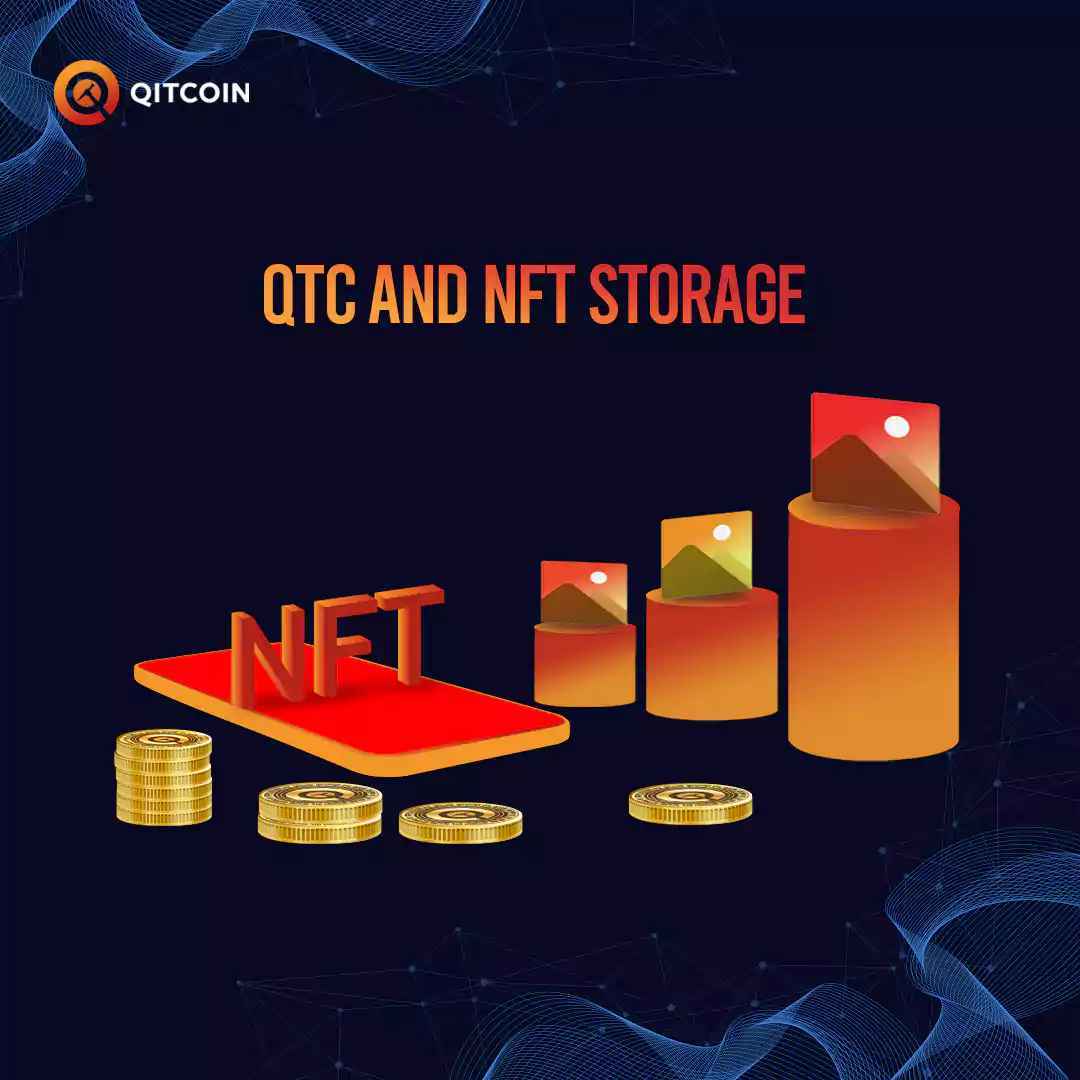
QTC and NFT Storage
Non-Fungible Tokens are cryptographic assets on a blockchain that include distinct identification codes and metadata that discriminate them from one another. NFT Storages are token digital files that are replaceable on public blockchains. Like cryptocurrencies, they have generated on a blockchain and they authenticate who possesses what.
Each NFT has linked to a particular piece of data, usually a digital content file (or a reference to one). A “smart contract” has regulated it. Minting is the act of converting a media file into a non-fungible token. NFT has also used the relevant blockchain database in the same way as the cryptocurrency is. NFTs are gaining traction because of the collections of digital-first memorabilia from favorite players and unforgettable game experiences. In the first quarter of 2021, more than $1.5 billion NFT transactions have done. Because of cryptographic principles that make the blockchain unique, NFT could not be modified, amended, or stolen.
NFTs, unlike cryptocurrencies, are not fungible, which means that each one is unique and irreplaceable. To put it differently, although one bitcoin is the same as another, no two NFTs are the same.
Read aslo: What is Metaverse and How Qitchain Metaverse Work?
Working of NFT Storage
Content Addressing:
When users upload data to NFT Storage, they get a CID, which is an IPFS hash of the content. CIDs are the data’s unique fingerprints, universal addresses that may be used to refer to it regardless of how or where it is stored. Using CIDs to reference NFT data avoids problems like weak links and “rug pulls” since CIDs are produced from the material itself.
Provable Storage:
NFT Storage employs Filecoin for long-term decentralized data storage, brokering storage, and retrieval arrangements. It ensures that NFT data can preserve indefinitely.
Filecoin has a permanence layer that uses cryptographic proofs to assure the NFT data’s durability and persistence over time.
Resilient Retrieval:
Any public IPFS gateway can save the data saved via IPFS and Filecoin straight in the browser.
NFT storage platform uses IPFS content addressing, which allows developers to store large files off-chain and create permanent, irreversible linkages in transactions. It enables content timestamping and security without the need to put data on-chain.
Qitchain QTC with NFT Storage
The fundamental idea of Qitchain QTC NFT’s is based on a distributed ledger. It uses a peer-to-peer network to carry out its transactions. The NFT, on the other hand, will preserve a certain type of database if the blockchain’s distributed ledger approves it. Because NFT is truly leading the crypto sector’s transformation from a bubble to a legitimate market. The transition that has taken place has a worth. The digital money’s capability had completely overtaken the legal currency by the time the mainnet went operational. It established a new value: utility value, which the legal money lacked.
NFT users can also benefit from storage optimization features provided by Qitchain, a decentralized search engine with distributed storage. A decentralized and repairable storage system that allows the storage of NFT metadata and media data more compatible with the storage of ownership. That is why it can be a future solution for
NFT storage. NFT metadata and media data storage have improved because of Qitchain’s IPFS decentralized addressing technique, allowing NFT to completely incorporate use-value into the blockchain. The basic market of the whole currency circle will surely reach new heights.
Visit also here
